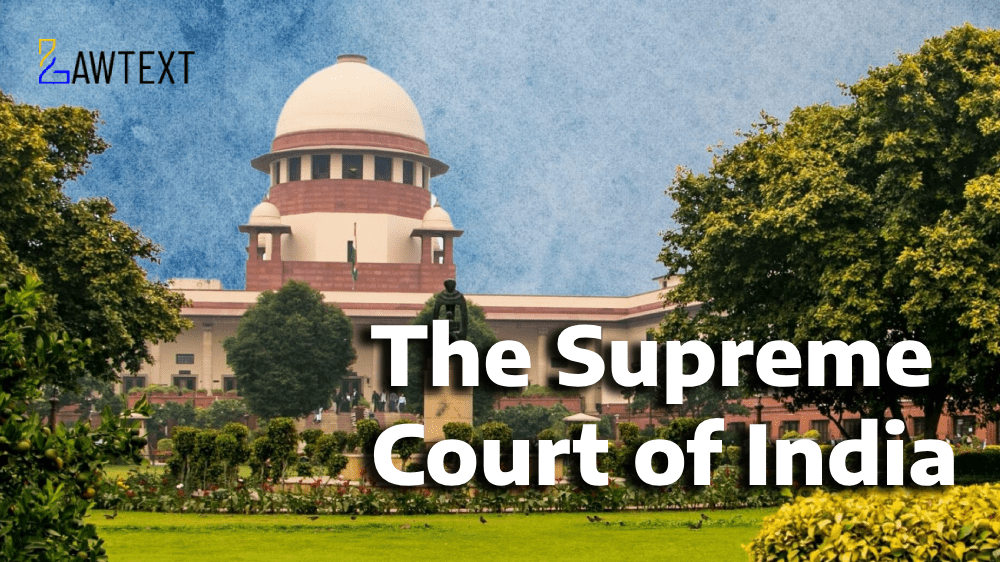

The Supreme Court acquitted the appellant, Hansraj, reversing previous convictions under Sections 394 and 397 of the Indian Penal Code (IPC). The prosecution failed to establish proper identification of the accused and the recovery of stolen items. The key evidence of recovery and identification of jewelry was not proven, leading to the acquittal. The Court highlighted procedural lapses, particularly with regard to disclosure statements under Section 27 of the Indian Evidence Act.
Hansraj was convicted for robbery under Sections 394 and 397 of the IPC by the Trial Court and High Court. The appellant allegedly attacked the victim, Bhagu Bai, and stole silver ornaments on 12th December 1998. He was arrested two days later and convicted based on the recovery of stolen items.
Hansraj challenged the trial court's decision but was unsuccessful in the High Court of Madhya Pradesh, which upheld his conviction. He was sentenced to seven years of rigorous imprisonment.
Upon hearing the appeal, the Supreme Court noted key discrepancies in the prosecution's case. The victim failed to identify the accused during the initial investigation. Her in-court identification and the recovery of the stolen jewelry were questioned due to inconsistencies.
The Supreme Court emphasized the failure of the investigating officer to properly establish the disclosure memo under Section 27 of the Indian Evidence Act, which was the basis for the recovery of stolen jewelry. The officer did not testify about the exact disclosure made by the accused, rendering the recovery unreliable.
The complainant admitted in cross-examination that the police officers had pointed out the jewelry during the identification process, which undermined the credibility of the identification.
Due to the failure in proving the disclosure statement, improper identification of the recovered items, and lack of any other reliable evidence connecting the accused to the crime, the Supreme Court set aside Hansraj’s conviction and ordered his immediate release.
The ratio of the judgment lies in the failure of the prosecution to prove the recovery of stolen items through a valid disclosure memo, as required under Section 27 of the Indian Evidence Act. The lack of proper identification by the complainant and procedural lapses led to reasonable doubt about the appellant's involvement, resulting in acquittal.
Citation: 2024 LawText (SC) (4) 198
Case Number: CRIMINAL APPEAL NO(S). OF 2024 (Arising out of SLP (Crl.) No(s). 4626 of 2024)
Date of Decision: 2024-04-19
Case Title: HANSRAJ VERSUS STATE OF M.P.
Before Judge: (B.R. GAVAI J. , SANDEEP MEHTA J.)
Appellant: HANSRAJ
Respondent: STATE OF M.P.